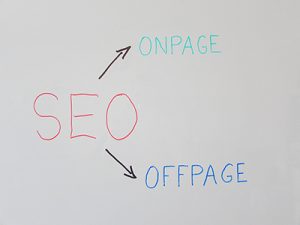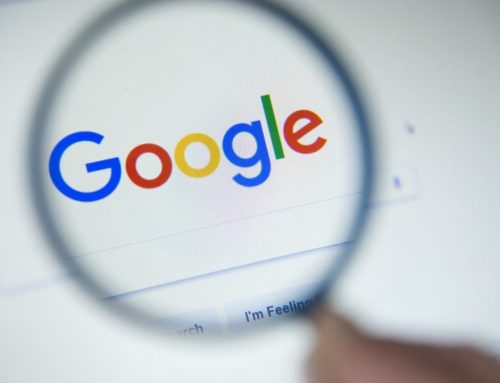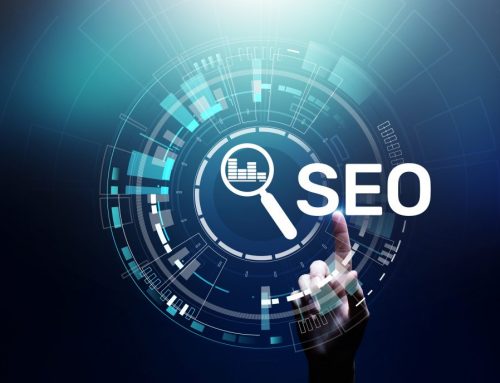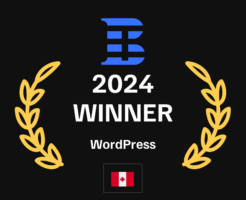
1) Discoverability:
People use the internet to find goods and services they want. They search by using words or phrases that they think will give them the results they want. If they are hungry they may type “best burritos near me.” Near me is a common phrase used in searching. Or if they want to renovate their kitchen they might type “best kitchen contractor in (name of their city)”. It is common for people to specify their city as well.
On-page SEO is the practice of using the common keywords and phrases for your products and services on your website. The fewer number of keywords you have on a page, the faster it will rank highly. A modern website has very specific pages for each product or service, these are designed to convert leads into customers. When done properly, this will help your pages be found when people perform searches on search engines like Google. Bing, Yahoo, YouTube.
Keyword research is part science, part art, and part experience – first you need to find the keyword/phrases that people are actually searching with on Google for the product/service you offer.
The Google AdWords Keyword research tool is one of the best tools to use. Professional consultants have many other more sophisticated tools at their disposal but I like to always check with the Google tool to validate my research.
Once you decide on your keywords you can search on the search engines using these keywords. Companies that show up in the search results are your competitors. Professionals also have tools to see what other keywords your competitors are using. They can even show you how you and each of your competitors rank for each keyword.
Now that you have your keywords you need to write/rewrite your website content ensuring that these keywords are in the content in a natural way. Once the keywords are in the content at a particular keyword density, the page is more likely to be found for those keywords. Generally, 1 keyword/page is the target. You should also add images with names/titles matching those keywords.
2) Presentation:
Many of the factors that determine how pages are shown in search engine results are unseen. I have seen many beautiful web pages that did not show very well in search results and thus didn’t receive as many visits as they could. Now that you have taken care of your website content it is time to add the secret sauce.
This involves setting up “metadata” (“behind the scene” information that people do not see when viewing the page). Only the search engines look at this information. Typically this is a summary of the content of the page, again keyword focused.
This also involves optimizing how links are posted on Facebook/Twitter/LinkedIn. Any good report will tell you the secret to successful writing is “don’t bury the lead.” The “lead” is the hook, it tells in very few words what the content is about. “Man runs into burning house to save a baby” Without this work, Google and social media sites will show the first few sentences (usually truncated mid-sentence) of content… not ideal (…and usually with no image or a random image from the page). You can and should set up your web pages so they show up how you intended, not with random, unoptimized text/images.
3) Conversion optimization:
The first rule to remember is “it’s not about you.” In the 70s and 80s advertising was all about what we wanted our customers to know. People had no choice – they had to listen. With the advent of the internet and PVR’s, advertising became voluntary… people can choose not to listen. Today advertising and content need to be written based on what customers want to know, or what they are interested in. Content now is all about benefits, not features. Also, split testing is critical, if you have sufficient traffic volume you need to try different versions of content to test which content works best. By applying what you learn, redesigned content helps ensure maximum a visitor -> conversion ratio (from a lead to a client).
Note that SEO and PPC Pay-Per-Click are not the same things… many companies claim that they can get your on page 1 of google super-fast… they are using PPC, they are not using SEO. The problem here is – as soon as the PPC campaign ends, everything stops.












Leave A Comment